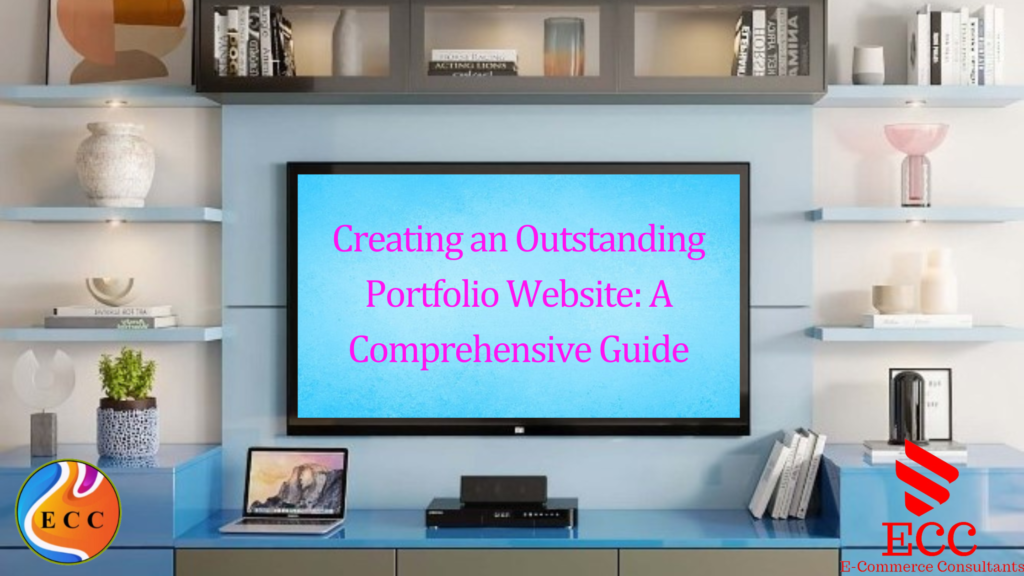Introduction
In the vast digital landscape, having a personal website or portfolio is crucial for showcasing your skills, experiences, and accomplishments. This comprehensive guide will walk you through the essential elements of creating a compelling portfolio website that not only reflects your personality but also captures the attention of potential employers or clients.
Why You Need a Personal Website
Having a personal website serves as a digital representation of your professional identity. It provides a centralized platform for individuals to learn about your skills, achievements, and the unique qualities that set you apart from the competition.
Establishing an Online Presence
In today’s competitive job market, establishing an online presence is paramount. A personal website acts as your virtual business card, making it easier for others to discover and connect with you.
Showcasing Your Work
Your portfolio website serves as a dynamic portfolio, allowing you to showcase your best work. This section delves into the importance of presenting your projects in a visually appealing and organized manner.
Choosing the Right Domain Name
Your domain name is the digital address of your online space. Selecting a memorable and relevant domain name is crucial for making a lasting impression.
Tips for Selecting a Domain Name
Explore tips and best practices for choosing a domain name that aligns with your brand and is easy for others to remember.
Domain Extensions
Understand the significance of different domain extensions and how they can impact your website’s credibility.
Designing a User-Friendly Interface
A user-friendly interface is key to keeping visitors engaged. Learn about the principles of intuitive design and how to create a seamless navigation experience.
Responsive Design
Explore the importance of responsive design to ensure your website looks appealing on various devices, including smartphones and tablets.

Color Schemes and Typography
Delve into the psychology of colors and fonts, understanding how they contribute to the overall user experience.
Crafting a Compelling About Me Page
The “About Me” page is a pivotal component of your portfolio website. Learn how to strike a balance between professionalism and personality to make a memorable impression.
Personal Branding
Explore strategies for incorporating personal branding elements into your “About Me” page to make it unique and authentic.
Highlighting Achievements and Skills
Discover the art of subtly showcasing your achievements and skills without sounding boastful.
Creating a Standout Portfolio Section
Your portfolio is the heart of your website, showcasing your best work. Learn how to curate a portfolio that tells a story and leaves a lasting impact.
Project Descriptions
Craft compelling narratives for each project, providing context, challenges, and solutions.
Visuals and Multimedia
Explore the role of visuals and multimedia elements in enhancing the presentation of your portfolio items.
Implementing SEO Strategies
Optimizing your website for search engines is essential for increasing visibility. This section covers practical SEO strategies to improve your website’s ranking.
Keyword Research
Learn how to conduct keyword research to identify the terms potential employers or clients may use to find someone with your skill set.

Meta Tags and Descriptions
Understand the significance of meta tags and descriptions and how they contribute to search engine optimization.
Building a Strong Online Presence
In the digital age, a strong online presence goes beyond just having a website. This section explores strategies for leveraging social media and other online platforms.
LinkedIn Optimization
Tips for optimizing your LinkedIn profile to complement your portfolio website.
Blogging and Content Sharing
Explore the benefits of blogging and sharing valuable content to position yourself as an authority in your field.
Conclusion
Creating a personal website is not just about showcasing your work; it’s about telling your story. By following the steps outlined in this guide, you’ll be well on your way to building a standout portfolio website that leaves a lasting impression.

FAQs
- Q: How can I make my portfolio website stand out from the competition?
- A: Focus on unique design elements, compelling project descriptions, and authentic personal branding to differentiate yourself.
- Q: Is it necessary to include a blog on my portfolio website?
- A: While not mandatory, a blog can enhance your online presence by showcasing your expertise and providing valuable insights.
- Q: How often should I update my portfolio?
- A: Regular updates are crucial. Aim for quarterly updates to showcase your latest projects and skills.
- Q: Should I include personal projects in my portfolio?
- A: Yes, personal projects demonstrate creativity and passion, providing a well-rounded view of your skills.
- Q: Can I use a free domain for my portfolio website?
- A: While possible, investing in a personalized domain adds a professional touch and enhances credibility.

